The sealing of the 144,000 has been the subject of debate for a long, long time. For some, these 144,000 are God’s people, and only they are God’s people. In all of history, in all of the world, only 144,000 belong to God. The rest? Doomed. So who are the 144,000? Those God predestined to be His. Are we part of them? Maybe, maybe not. But if we are, we have to behave like it, so we should all behave like it “just in case. This seems not only depressing but not very biblical in my opinion.
But there are other interpretations. The one that makes the most sense to me is that these 144,000 are God’s army sealed for the last battle. This entire episode happens between the breaking of the 6th seal and the 7th and is surrounded by military imagery. And later in the book, we’ll see a similar hoard standing against this army of God with a similar look.
These 144,000 have to be sealed, a common mark for a military officer in John’s day and age, before the “4 winds” can be released from the “4 corners of the earth”. These four winds (in greek, pneuma which also means spirit) or spirits were believed to be destined to blow through and scour the earth of all life. The release of these spirits means the end of life as we know it. This is why the Army of God has to be ready first.
We then rejoin the heavenly worship service, “already in progress” and find a multitude who have survived the turmoil on earth and have brought their good deeds (“white robes”) with them. And all heaven joins the song, “Praise and glory and wisdom and thanks and honor and power and strength be to our God forever and ever. Amen!” May we join this song ourselves today even if we do not join the Army of the Lord.
